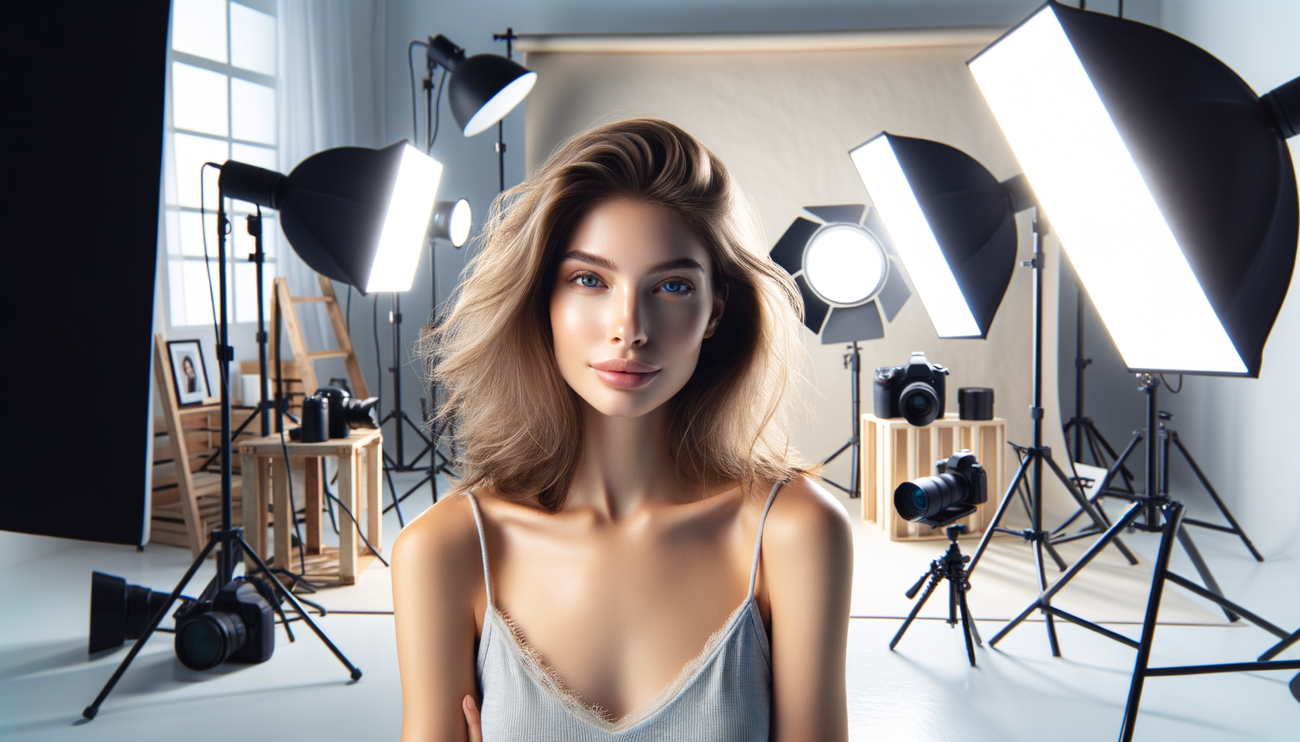
Portrait photography is not just a way to capture images of people, but an opportunity to tell their stories through visual narratives. In this article, we will dive into the art of portrait photography and explore the key aspects that will help you become a master in this genre.
Portrait photography has a long history, starting from the very first attempts to depict human beings in art. Historically, it was done through painting and portraiture was considered a privilege of the elite and influential. However, with the invention of photography, new horizons opened and anyone could capture their portrait, witnessing the changes in styles and technologies.
Today, portrait photography encompasses numerous styles and approaches, ranging from classic, formal images to more candid, natural ones that capture the essence of a person. By understanding the foundational techniques and principles, you can develop your own style and create unique work.
Techniques in Portrait Photography
The first step towards successful portrait photography is understanding the techniques involved, including the selection of the right camera and lens. For portraits, lenses with a focal length of 85mm or greater are preferred as they help create a soft background blur that highlights the subject in the foreground.
Shutter speeds also play a crucial role. Choosing a slower shutter speed can lead to interesting effects, especially if you want to capture movement or dynamism within a portrait. However, keep in mind that with slower speeds you may need a tripod to avoid blurriness.
Lighting in Portrait Photography
Lighting is one of the most significant aspects of portrait photography. For example, soft diffused light, created by clouds or reflected light sources, can make skin tones more appealing. Learn to use different types of lighting: natural and artificial, as well as various modifiers like softboxes and reflectors.
A key lighting rule in portrait photography is the 45-degree angle. Placing your light source at a 45-degree angle to the model will create depth and texture. Experiment with various light sources to find what works best for you and your subject.
Creating Atmosphere
The atmosphere during the shoot is also vital for successful portraits. Remember that your model should feel comfortable. Engage in conversation, ask questions, and allow the person to be themselves. Use music or a background that helps relax the model and generate an easygoing atmosphere.
Additionally, the background of your shoot impacts the final image. Busy or overly bright backgrounds often distract from the main subject. Choosing a simple and non-distracting background will help focus attention on your subject and highlight their character.
Post-Processing Portraits
Once the shooting is complete, it is essential to focus on post-processing the images. Using software such as Adobe Lightroom or Photoshop, you can enhance your photographs. Color, contrast, and brightness adjustments will help to highlight your model.
Removing skin imperfections and correcting facial shapes can significantly impact the final look of the portrait. However, aim to preserve naturalness so that your model looks like themselves.
Moreover, experiment with different processing styles—from natural to artistic. Creating a unique post-processing style will help you stand out among other photographers.
Conclusion
Portrait photography is an art that requires skills and practice. By applying the techniques, lighting, and atmosphere discussed, you will be able to create amazing works that reflect the personality and soul of your subjects. Don't be afraid to experiment and develop your style, for this holds the key to mastery in portrait photography.


